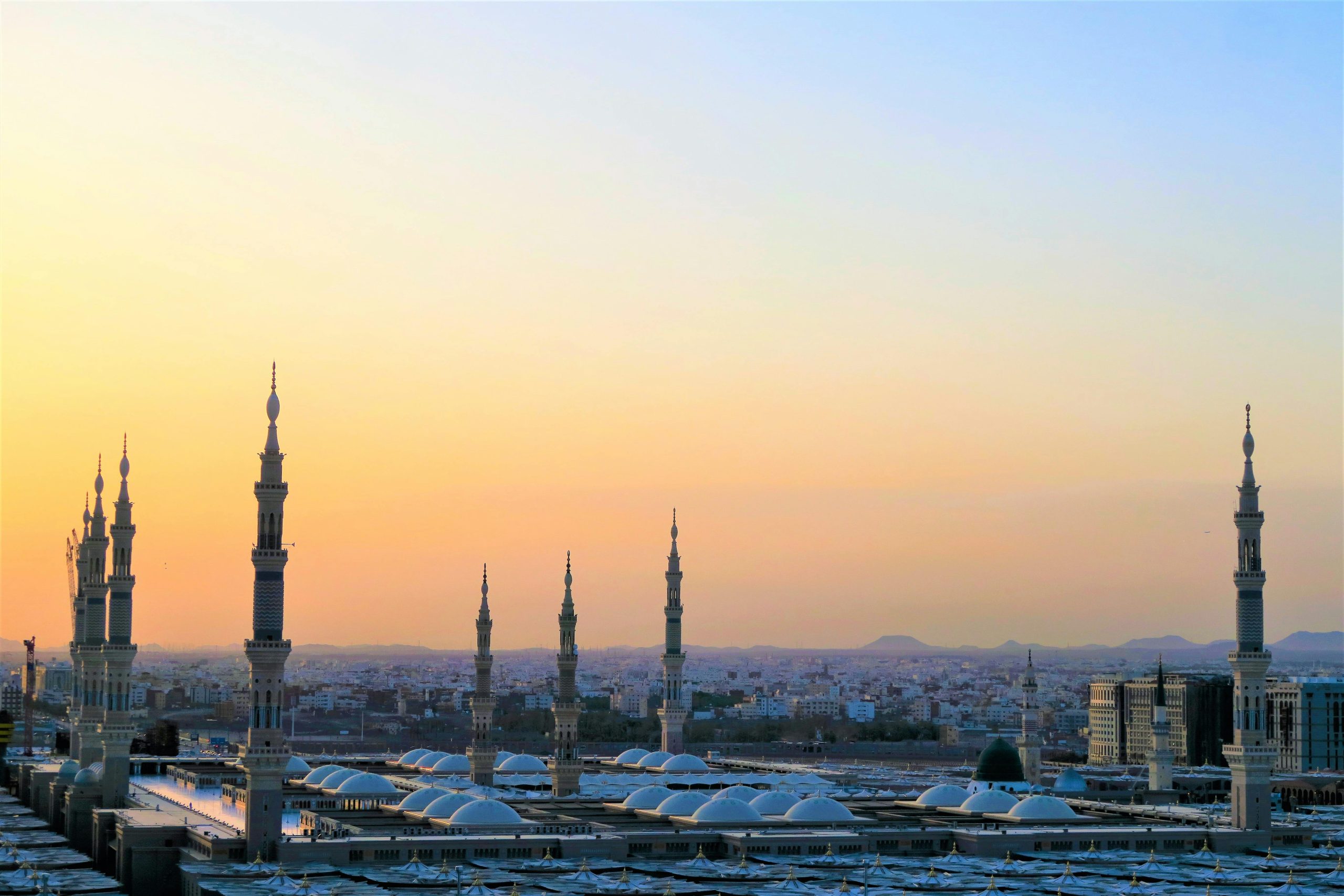In the heart of the Arabian Peninsula lies a kingdom steeped in history, faith, and tradition. Saudi Arabia, home to Islam’s two holiest cities, Mecca and Medina, has long been a focal point for millions of Muslims worldwide. Over the past decade, the kingdom has embarked on an ambitious journey to revolutionize religious tourism, a sector intrinsic to its identity and economy. This transformation is not merely about numbers but about enhancing the experience, accessibility, and infrastructure for the millions of pilgrims who visit each year.
Vision 2030: A Bold Blueprint
The catalyst for this revolution is Vision 2030, Saudi Arabia’s strategic framework to reduce its dependence on oil, diversify its economy, and develop public service sectors such as health, education, infrastructure, recreation, and tourism. Crown Prince Mohammed bin Salman, the architect of Vision 2030, envisions transforming the kingdom into a global hub for tourism, and religious tourism stands at the forefront of this vision.
Expanding Capacity and Enhancing Facilities
One of the most significant changes has been the expansion and modernization of facilities in Mecca and Medina. The Grand Mosque in Mecca, Al-Masjid Al-Haram, has undergone extensive renovations to accommodate the growing number of pilgrims. These expansions include the addition of new prayer areas, advanced cooling systems to combat the desert heat, and the introduction of high-tech crowd management systems to ensure the safety and comfort of visitors.
Similarly, the Prophet’s Mosque in Medina, Al-Masjid an-Nabawi, has seen significant upgrades. The expansion projects here focus not only on increasing capacity but also on enhancing the spiritual experience of pilgrims through improved facilities and services.
Streamlined Visa Processes
Recognizing the challenges many pilgrims face in obtaining visas, Saudi Arabia has streamlined its visa processes. The introduction of the e-visa system allows for easier and quicker access to the kingdom. This change has been particularly impactful for Umrah pilgrims, who now enjoy greater flexibility in planning their visits. The ease of obtaining an e-visa has also opened doors for tourists from countries that previously faced stringent visa requirements, thereby boosting the overall number of visitors.

